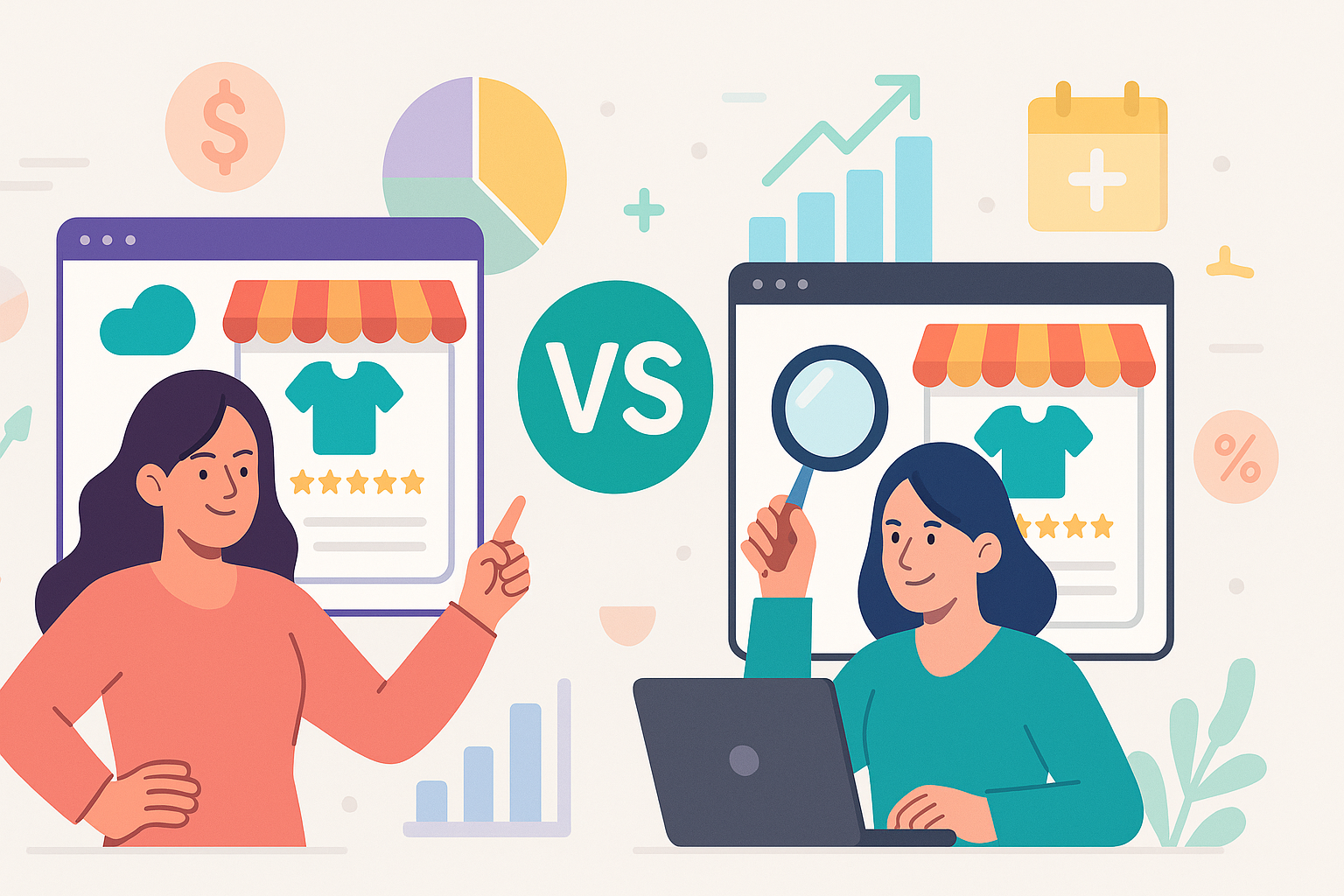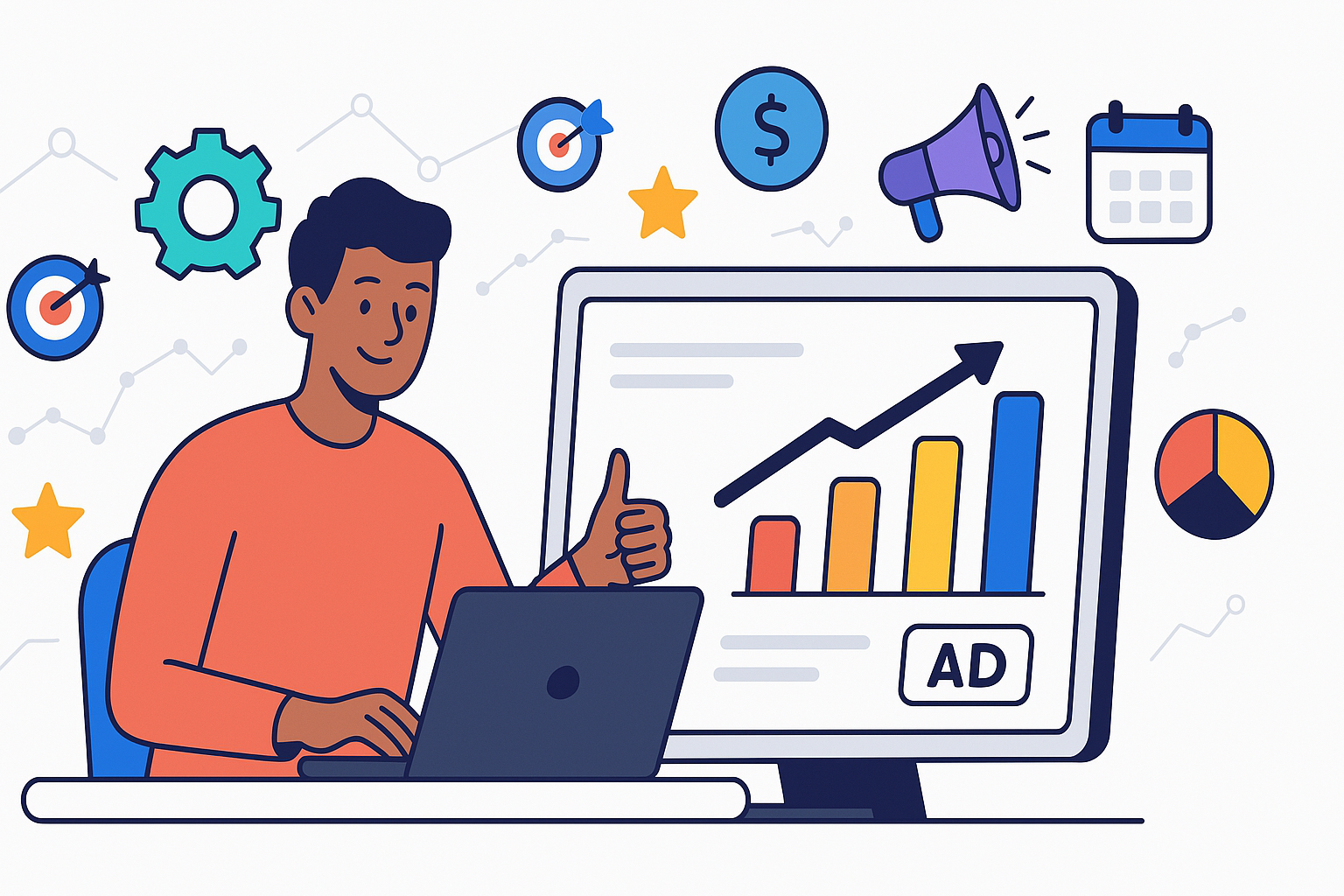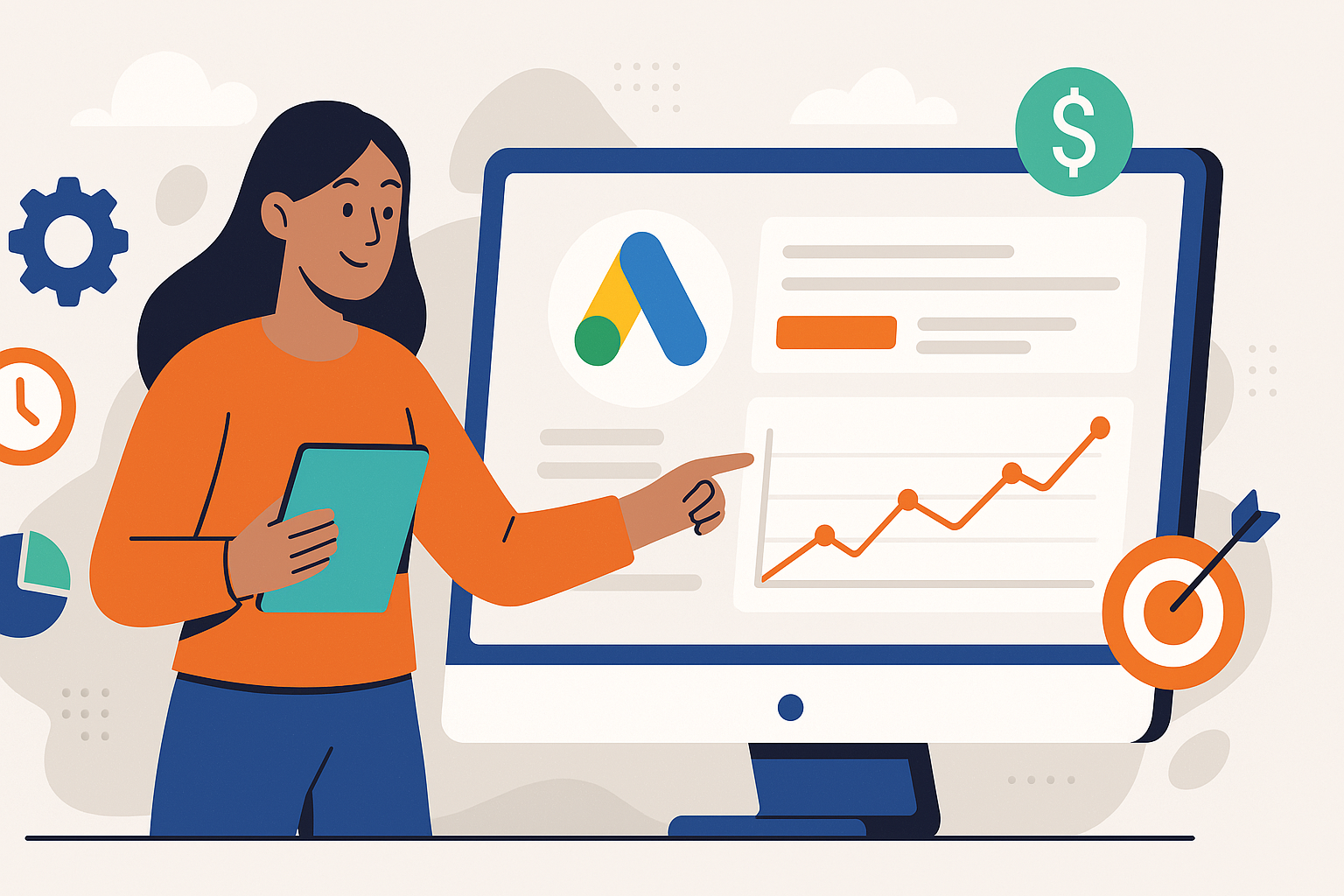What is Instagram Ads? A Comprehensive Guide for Businesses
by Francisco Kraefft on 20 Oct, 2023
With over two billion monthly active users scrolling, tapping, and engaging, Instagram represents a colossal opportunity for businesses seeking growth. But how do you cut through the noise and connect with the right people? Enter Instagram Ads. These aren't just boosted posts; they are a sophisticated advertising ecosystem designed to place your brand directly in front of tailored audiences actively discovering content. Understanding what Instagram Ads are and how to leverage them effectively is fundamental to unlocking significant reach, driving meaningful engagement, and achieving measurable business results. This guide will equip you with the essential knowledge, from the core concepts and diverse ad formats to precision targeting and performance optimization, enabling you to confidently navigate the platform and turn potential into profit.
Decoding Instagram Ads: The Fundamentals You Need to Know
So, precisely what are Instagram Ads? At their core, they are paid advertisements that businesses run on the Instagram platform to reach specific user segments. Unlike organic posts, which primarily reach your existing followers, ads allow you to target users based on demographics, interests, behaviors, and more, significantly expanding your reach.
These ads are seamlessly integrated into various parts of the user experience, appearing in:
- Feed: The main scrolling feed where users see posts from accounts they follow.
- Stories: Full-screen, ephemeral content viewed between organic Stories.
- Explore: The discovery section where users find new content and accounts.
- Reels: Short-form video content feed.
It's crucial to understand that Instagram advertising is managed through Meta Ads Manager, the same platform used for Facebook ads. This unified system provides a robust set of tools for creating, managing, monitoring, and optimizing campaigns across both platforms. If you're already familiar with Facebook Ads, you have a head start!
Why Invest in Instagram Ads?
The motivation is clear: measurable growth. Businesses utilize Instagram Ads to achieve a variety of objectives:
- Increase Brand Awareness: Introduce your brand to new, relevant audiences (learn about Reach & Frequency).
- Drive Website Traffic: Send interested users directly to your website or landing page.
- Boost Engagement: Encourage likes, comments, shares, and saves on your content.
- Generate Leads: Collect contact information from potential customers (discover Call Tracking for Lead Gen).
- Promote App Installs: Encourage users to download and install your mobile app.
- Drive Sales & Conversions: Directly promote products or services and track purchases and conversions.
The Ad Auction
How does Instagram decide which ads to show? It operates on an auction system (similar concepts apply across platforms). When there's an opportunity to show an ad, Instagram considers factors like your bid (how much you're willing to pay), estimated action rates (how likely a user is to take the action your ad is optimized for), and ad quality (relevance and engagement feedback). This system aims to deliver value to both advertisers (by reaching receptive audiences) and users (by showing relevant ads).
To start, you'll need an Instagram Business Profile (or Creator Profile) linked to a Facebook Page. This unlocks access to advertising features and performance insights unavailable to personal accounts. Understanding these fundamentals lays the groundwork for building effective campaigns.
Choosing Your Canvas: A Guide to Instagram Ad Formats
Instagram offers a diverse palette of ad formats, each designed to capture attention in different ways and within distinct placements. Selecting the right format is critical for aligning your creative message with your campaign goals and the user's context.
Let's explore the primary options:
-
Image Ads:
- What: Single, high-quality static images.
- Where: Feed, Stories, Explore.
- Best For: Showcasing visually appealing products, conveying a clear message quickly, driving brand awareness.
- Pro Tip: Use minimal text on the image itself. Ensure visuals are crisp, well-composed, and align with your brand aesthetic.
-
Video Ads:
- What: Moving visuals with sound (though often viewed without).
- Where: Feed, Stories, Reels, Explore.
- Best For: Demonstrating products in action, telling compelling brand stories, capturing attention immediately.
- Pro Tip: Hook viewers within the first 3 seconds. Design for sound-off viewing (use captions/text overlays) but ensure sound adds value if enabled. Keep videos concise, especially for Reels and Stories.
-
Carousel Ads:
- What: Multiple images or videos (up to 10) that users can swipe through within a single ad unit.
- Where: Feed, Stories.
- Best For: Highlighting multiple products or features, telling a sequential story, providing a step-by-step guide, showcasing different angles or variations.
- Pro Tip: Use a compelling first image/video to encourage swiping. Ensure a logical flow or narrative across the cards.
-
Stories Ads:
- What: Full-screen, vertical image or video ads appearing between organic user Stories.
- Where: Stories.
- Best For: Immersive brand experiences, leveraging interactive elements (polls, quizzes, stickers), driving urgency, creating authentic-feeling content.
- Pro Tip: Utilize the full vertical canvas (9:16 aspect ratio). Make ads feel native to the Stories environment. Fast pacing often works well.
-
Reels Ads:
- What: Vertical, short-form video ads inserted between organic Reels content.
- Where: Reels feed.
- Best For: Reaching users seeking entertainment, leveraging trends and popular audio, showcasing brand personality in an authentic way.
- Pro Tip: Keep it short, engaging, and entertaining. Align with the fast-paced, creative nature of Reels. Sound is crucial here.
-
Explore Ads:
- What: Ads appearing in the Instagram Explore grid or feed after a user taps on a piece of content from Explore.
- Where: Explore.
- Best For: Reaching users actively looking to discover new things beyond the accounts they follow. Expanding reach to audiences with high discovery intent.
- Pro Tip: Ensure your creative is visually captivating to stand out in a discovery environment.
-
Collection Ads:
- What: Feature a cover image/video followed by several product images pulled from your catalogue. Tapping opens an Instant Experience (a fast-loading, full-screen landing page within Instagram).
- Where: Feed.
- Best For: E-commerce businesses wanting to showcase multiple products and facilitate easy browsing and purchase.
- Pro Tip: Ensure your product catalogue is up-to-date and accurately linked.
Choosing the right format depends heavily on your objective, your target audience's behavior, and the story you want to tell. Often, testing multiple formats is the best approach.
Precision Targeting: Reaching the Right People with Instagram Ads
One of the most compelling aspects of Instagram Ads is the ability to target specific audiences with remarkable precision. Gone are the days of broad, wasteful advertising. Meta's powerful targeting tools allow you to focus your budget on the users most likely to be interested in your products or services, significantly improving your return on investment.
Before diving into the tools, it's essential to have a clear picture of your ideal customer persona. Who are they? What are their interests, pain points, and online behaviors? Defining this first makes selecting targeting options much more effective (consider the Marketing Funnel stages).
Here are the main categories of targeting available through Meta Ads Manager:
-
Core Audiences: This is where you define an audience based on criteria you select.
- Location: Target users in specific countries, regions, cities, postal codes, or even within a radius around a particular address.
- Demographics: Filter by age, gender, education level, job title, life events (like birthdays or anniversaries), relationship status, and more.
- Interests: Reach people based on their expressed interests, activities, the Pages they like, related topics, apps they use, and ads they click.
- Behaviors: Target based on purchase behaviors, device usage, travel intent, digital activities, and more.
- Connections: Include or exclude people connected to your Facebook Page, app, or events.
-
Custom Audiences: These audiences are built from your own data sources, allowing you to reconnect with people who have already interacted with your business.
- Contact Lists: Upload customer data (email addresses, phone numbers) to find those users on Instagram.
- Website Visitors: Target people who have visited your website or specific pages, tracked via the Meta Pixel. This is crucial for retargeting – showing ads to users who viewed products but didn't purchase, for instance. Understanding how analytics tracking works is fundamental here.
- App Activity: Reach users who have taken specific actions within your mobile app.
- Engagement: Target users who have interacted with your posts, videos, profile, or ads on Instagram or Facebook.
- Offline Activity: Target users based on interactions that happened in your physical store or over the phone (requires setup).
-
Lookalike Audiences: This powerful option lets you reach new people who share similar characteristics with your best existing customers or engaged audiences.
- How it works: You select a source Custom Audience (e.g., your highest-value purchasers, website visitors who converted, or highly engaged users). Meta's algorithm then identifies other users on the platform with similar traits.
- Benefit: Expand your reach efficiently by targeting users predisposed to be interested in your offerings.
You can layer these targeting options and use exclusions to refine your audience further. Start with a well-defined audience, but be prepared to test and iterate based on performance data. Precision targeting is key to making your Instagram ad spend work smarter, not just harder.
From Zero to Launch: Setting Up Your Instagram Ad Campaign
With a grasp of ad formats and targeting possibilities, you're ready to structure and launch your first Instagram campaign. While the Meta Ads Manager interface offers deep customization, the core setup process follows a logical flow. Let's break down the essential steps:
-
Choose Your Campaign Objective: This is the absolute first step and perhaps the most critical. What do you want to achieve with this ad? Meta optimizes ad delivery based on your chosen objective. Common objectives align with defining Key Performance Indicators (KPIs) and include:
- Awareness: Increase reach or brand recognition.
- Traffic: Drive clicks to your website, app, or Facebook event.
- Engagement: Get more post likes, shares, comments, event responses, or page likes.
- Leads: Collect information from potential customers via forms.
- App Promotion: Encourage app installs or specific in-app actions.
- Sales: Find people likely to purchase your product or service (often relies on Pixel data).
- Key: Align your objective directly with your business goal for the campaign.
-
Define Your Audience: At the 'Ad Set' level, you'll implement the targeting strategies discussed previously. Select your locations, demographics, interests, behaviors, or choose your Custom and Lookalike Audiences.
-
Select Placements: Decide where your ads will appear. You have two main choices:
- Advantage+ Placements (formerly Automatic Placements): Recommended for beginners. Meta's system automatically delivers your ads across placements (including Instagram Feed, Stories, Reels, Explore, plus Facebook, Messenger, Audience Network) where they are likely to perform best based on your objective.
- Manual Placements: You manually select specific platforms (e.g., only Instagram) and placements (e.g., only Instagram Stories and Reels). This offers more control but requires understanding where your audience spends time.
-
Set Your Budget & Schedule: Determine how much you want to spend and for how long.
- Budget: Choose between a Daily Budget (average amount spent per day) or a Lifetime Budget (total amount spent over the campaign's duration). Consider how to calculate your digital marketing investment.
- Schedule: Set a start and end date for your campaign, or let it run continuously (with a daily budget).
- Bidding Strategy: Select how Meta should bid for you in the ad auction (e.g., aim for the lowest cost per result, set a cost cap, etc.). Often, starting with the default lowest-cost strategy is fine.
-
Create Your Ad Creative: At the 'Ad' level, you bring your ad to life.
- Select your Instagram Business Profile.
- Choose your desired ad format (Image, Video, Carousel, etc.).
- Upload your media (images/videos).
- Write compelling Primary Text (the main caption), Headline, and Description (optional, depending on placement).
- Select a relevant Call-to-Action (CTA) button (e.g., 'Shop Now', 'Learn More', 'Sign Up', 'Contact Us').
- Enter the destination URL (e.g., your website landing page).
- Preview your ad across different placements.
Simplified Option: Boosting Posts
You can also promote existing Instagram posts directly from the app ('Boost Post'). This is simpler but offers fewer targeting options, objectives, and creative controls compared to Ads Manager. It's suitable for basic reach or engagement goals but less ideal for sophisticated campaigns.
Once everything is set up, submit your ad for review. After approval (usually within 24 hours, often much faster), your campaign will start running!
Beyond the Launch: Measuring and Optimizing Instagram Ad Performance
Launching your Instagram ad campaign is just the beginning. The real power of digital advertising, especially within the Meta ecosystem, lies in its measurability and the opportunity for continuous optimization. As a data-driven agency, we emphasize that tracking performance isn't optional; it's essential for maximizing results and ensuring your ad spend delivers tangible value.
Monitoring Key Metrics:
Meta Ads Manager provides a wealth of data. Focus on the metrics that align directly with your chosen campaign objective:
- For Awareness Objectives:
- Reach: Number of unique users who saw your ad.
- Impressions: Total number of times your ad was displayed.
- Frequency: Average number of times each user saw your ad (Impressions / Reach).
- (If applicable) Ad Recall Lift: Estimated number of additional people who will remember seeing your ad.
- For Consideration Objectives (Traffic, Engagement):
- Link Clicks: Number of clicks on links within your ad.
- Click-Through Rate (CTR): Percentage of impressions that resulted in a link click (Link Clicks / Impressions). Learn what CTR is and why it's important.
- Landing Page Views: Number of times people loaded your website after clicking (requires Meta Pixel).
- Engagement Rate: Total engagements (likes, comments, shares, saves) divided by reach or impressions.
- Cost Per Click (CPC) / Cost Per Landing Page View (CPLPV): Efficiency of driving traffic.
- For Conversion Objectives (Leads, Sales):
- Conversions: Number of desired actions completed (e.g., purchases, leads submitted) tracked via the Meta Pixel or App Events.
- Cost Per Conversion (CPA) / Cost Per Lead (CPL): How much you spend for each desired outcome.
- Return on Ad Spend (ROAS): Revenue generated from ads divided by the amount spent on ads (Revenue / Ad Spend). Understand how to calculate CPA, ROAS, and ROI.
The Role of the Meta Pixel:
For tracking website actions (like purchases, add-to-carts, lead submissions), installing the Meta Pixel on your website is non-negotiable. This snippet of code connects user activity on your site back to your Instagram Ads, enabling accurate conversion tracking and unlocking powerful retargeting and optimization capabilities (similar in concept to setting up Google Analytics).
Optimization Through A/B Testing:
Don't assume your first attempt is perfect. A/B testing (or split testing) is crucial. Systematically test variations of your campaigns to see what performs best. This is a core tenet of performance marketing. You can test:
- Creatives: Different images, videos, ad copy, headlines.
- Audiences: Different interest groups, Lookalike percentages, demographic segments.
- Placements: Automatic vs. specific manual placements.
- Call-to-Actions: Different button texts.
Only change one variable per test to isolate its impact accurately.
The Iterative Process:
Optimization is an ongoing cycle:
- Analyze: Regularly review your performance data in Ads Manager.
- Identify: Spot trends, high-performing elements, and areas for improvement.
- Hypothesize: Formulate ideas for improving performance (e.g., "Maybe a video ad will perform better than this image").
- Test: Run A/B tests to validate your hypotheses.
- Implement: Scale up winning variations and pause underperformers.
- Repeat: Continue analyzing and refining.
By diligently measuring results and actively optimizing your campaigns, you transform Instagram Ads from a simple broadcast tool into a powerful engine for predictable business growth.
Conclusion
Instagram Ads offer a dynamic and highly effective channel to connect with your target audience, drive meaningful actions, and achieve significant business growth. By understanding the fundamental ecosystem, exploring the diverse ad formats, leveraging precise targeting options, navigating the campaign setup process, and committing to data-driven optimization, you unlock the platform's true potential. It's more than just visibility; it's about reaching the right people, with the right message, at the right time. Take the insights from this guide, start experimenting, and watch how strategic Instagram advertising can propel your business forward.
Ready to harness the power of Instagram Ads for your business? Let our data-driven experts guide you. Contact us today to scale your results!


